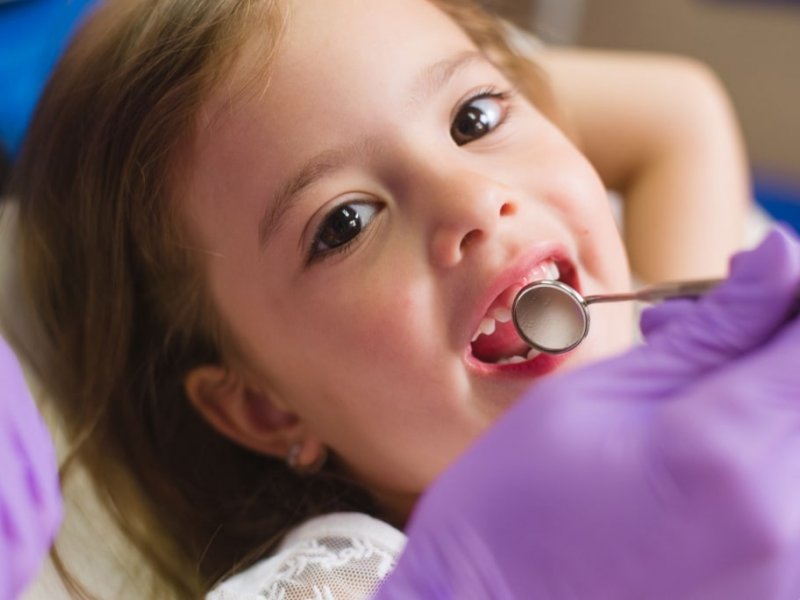



CHILDREN'S DENTAL HEALTH
All dentists know very well that the words to be used during the first examination will relax the child or put them in a panic. And after all, think that how many kids you know like it when they hear the words “syringe” or “injection” while sitting in the dentist chair. Fear of the unknown is causally linked to children’s anxiety levels at a dentist visit.
To have a positive experience at the dentist, it is important to be sensitive in your conversations about your dentist visit. For this reason, the child should be in cooperation with the family and the dentist.
The aim is not to mislead the child, but simply to avoid developing a negative attitude towards dentistry.
It is a good idea to share any positive experiences you may have had before with your dentist with your child. Remember, dentistry has made incredible progress; thanks to the new technologies and techniques, dental treatments are applied today without any pain. Use words that do not recall negative reactions. For example; Sleeping drinks instead of syringe or injection, buzzing instead of piercing, cleaning teeth instead of piercing the teeth, magic air instead of gas or nitric oxide, counting teeth instead of examining, picking teeth instead of pulling teeth, tickling their teeth instead of cleaning teeth.
How should you prepare your child for a dentist visit?
What should you tell her/him? “You can simply say; ‘We’re going to the dentist,’ you don’t tell her/him ‘We’re going to a zoo where tigers have very sharp teeth!’ on the way to the zoo. Simply you say, ‘We’re going to the zoo!’ . The aim is to avoid interpreting the dentist visit as something to be feared.
Today, educational institutions also emphasize healthy living.
According to the researches; problems occur when parents tell their children about “needles” or “incision,” and often the concept of pain comes to the mind of the child when the family says “Don’t worry, it won’t hurt!”. .
Families may give to the child inaccurate and misleading information, and children worry needlessly. It is very easy for pure-minded families to transfer their experiences of anxiety to their children. Of course, they don’t want to do that. This happens spontaneously. Children also get that very quickly.
The purpose is to help the child create positive ideas about dentistry that will make it easier for them to have excellent oral health and will remain in their mind throughout her/his life.
The first visit to the dentist should be fun and positive. Your dentist must be aware of your child’s visit. Caring for a child during your dental treatment can cause quite unfavorable results. If there are items around your child that create unnecessary fear such as needles; the result is often disappointing.
The first session usually takes place with an introduction and explaining how to brush her/his teeth. Having a child who comes to the clinic with pain hurriedly sit down and pulling her/his teeth, causes an invitation to a cowardly adult.
There are a few steps that should be followed if children experience toothache:
If there is a cut on the tongue, lip, cheek as a result of falling; ice should be applied to the injured area immediately. If there is a bleeding, it is necessary to apply a compress (pressure) to the bleeding area with a gauze patch, and if the control of bleeding cannot be achieved, the dentist should be visited urgently.
Displacement of adult tooth as a result of falling; if the tooth is found, it should be washed with normal saline solution or clean water by holding the crown part of the tooth. A cup should be filled by the patient by spitting, and the tooth should be placed in this cup and a dentist should be consulted immediately. If it is not possible to fill the cup by spitting, you can fill it with milk and place the tooth into the cup.
This situation usually occurs in the front teeth in babies. It does not require urgency, as it is unlikely to be placed in place.
Fracture of the permanent tooth as a result of falling requires an emergency. If the falling part is found, it is necessary to consult a dentist with it in saliva or milk, just like the tooth is displaced. If the dentist considers appropriate, he/she will replace this broken piece.